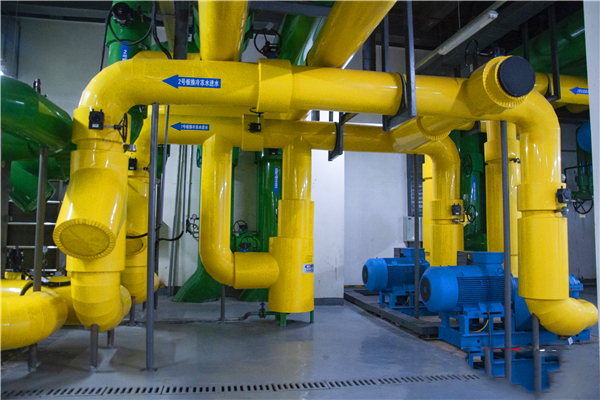Agricultural Development Bank Chenzhou Branch's Credit Support for Construction of Zixing Big Data Industry

Water Intake Device of Dongjiang Lake Big Data Center
Recently, the Hunan Branch of Agricultural Development Bank approved a loan of 590 million yuan for the construction of Dongjiang Lake Big Database Industrial Park (Phase I). On August 30, it invested 400 million yuan to support the construction of the Database Industrial Park in Zixing City, as well as big data center, data research and development center, lake water intake, underground cooling (heat) energy station and corresponding cooling. According to the introduction of the Agricultural Development Bank Chenzhou Branch, this was the first time that the Agricultural Development Bank Hunan Branch supported the new field of green industry + high-tech industry development.
It was reported that in recent years, Zixing City has made full use of the abundant natural cold water resources of Dongjiang Lake, vigorously implemented the strategy of ecological and industrial development, and taken the big data industry as a new engine to break the bottleneck of industrial transformation and lead economic development around the new requirements of "ecological livability, integration of production and city, and green development".
Chenzhou Branch of Agricultural Development Bank has insisted on the development of green industry and big data emerging areas as an important channel for serving regional economic development, actively explored the support mode of "cash flow" and "comprehensive project income" in accordance with the basic strategy of "government-led, service strategy, closely following policy, compliance according to law and risk control", given full play to the function of agricultural policy credit and actively cooperated with Zixing City to provide agricultural policy capital guarantee for the construction of Dongjiang Lake Big Data Industrial Park.
According to Yuan Xiangdong, the project leader, the Big Data Industrial Park can accommodate 200,000 data racks, 5 million servers and more than 1,000 mobile Internet enterprises in 20 big data centers. Compared with electric refrigeration, it can save 5.2 billion kilowatt-hours of electricity per year, equivalent to 1.78 million tons of standard coal per year and 5.54 million tons of carbon dioxide emissions.




